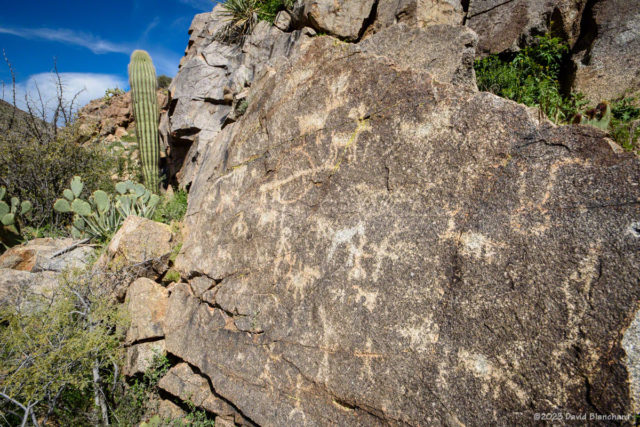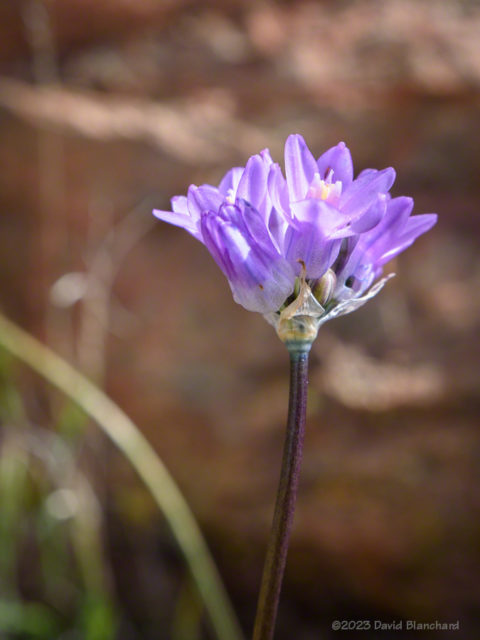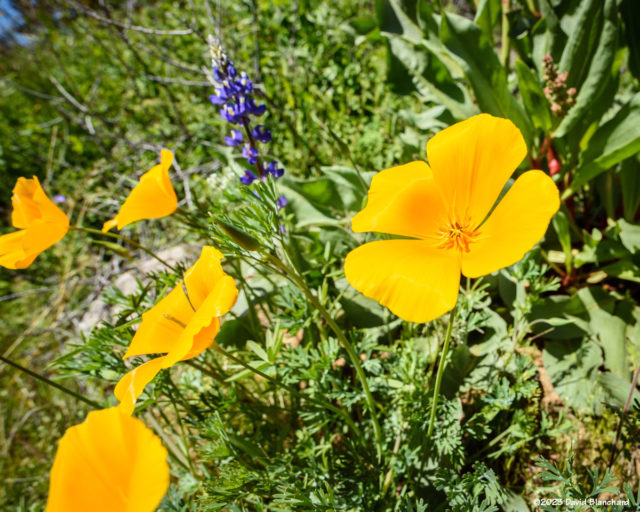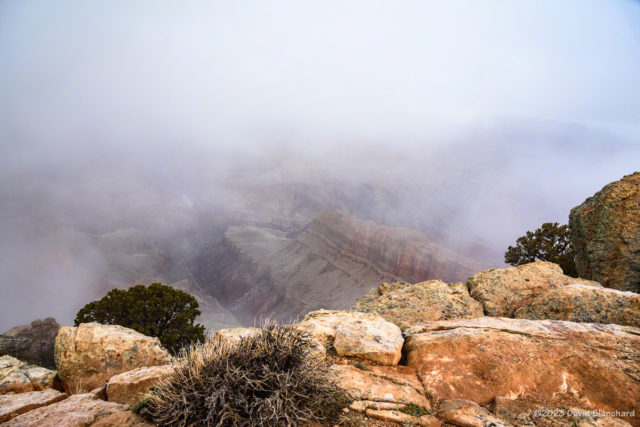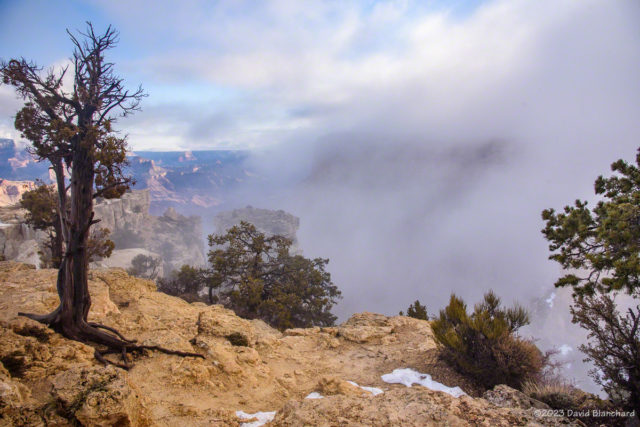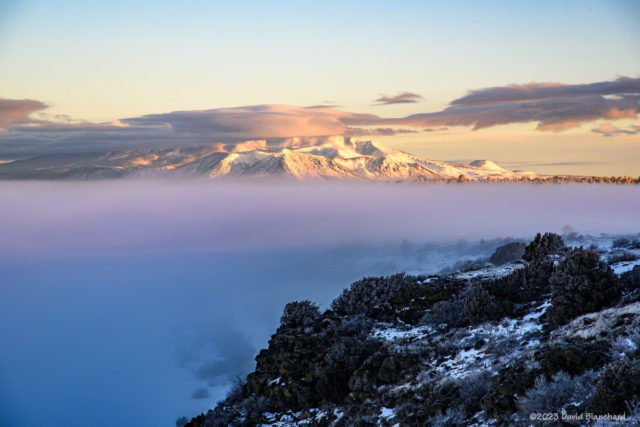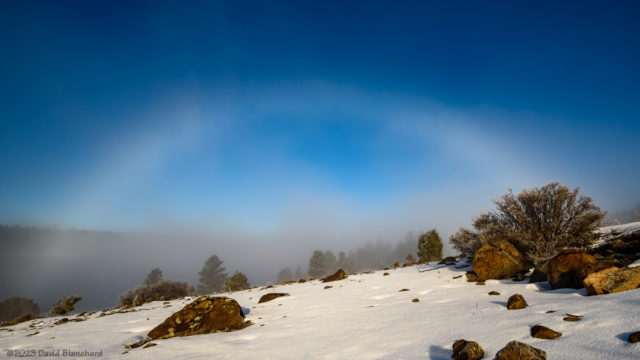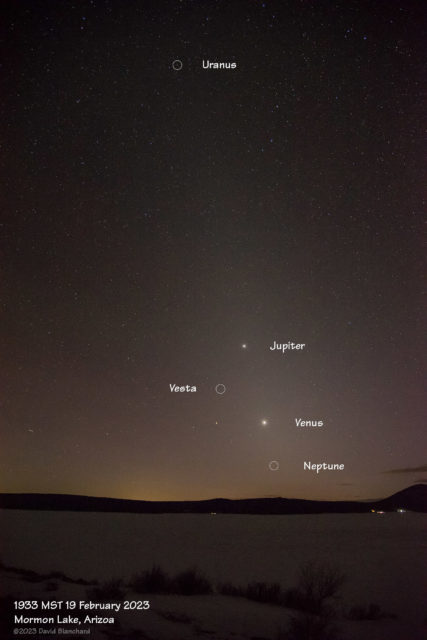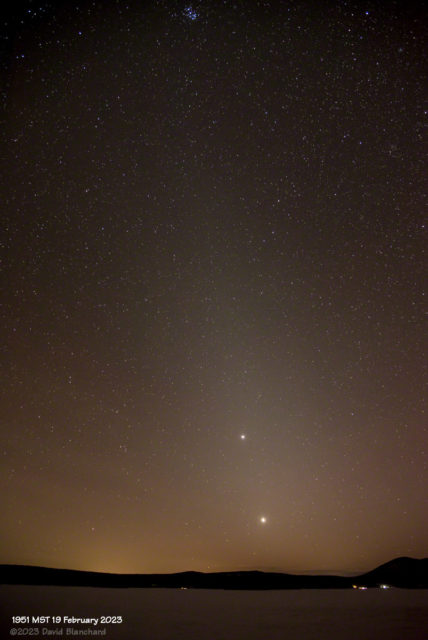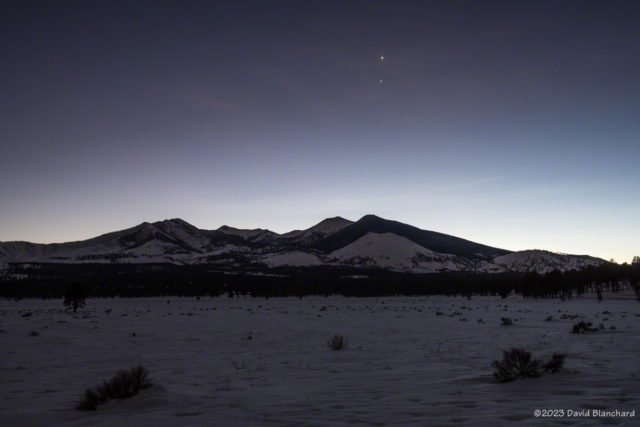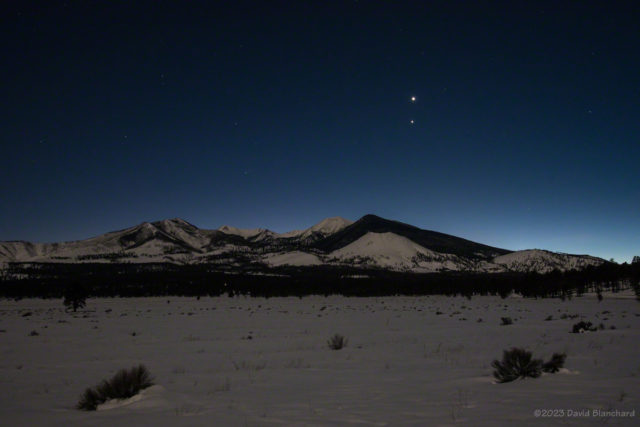The upside to the epic Winter we recently experienced is the tremendous amount of snow melt that filled many of the lakes across northern Arizona. Over the past several weeks we have visited several of these by car, mountain bike, running, and hiking.
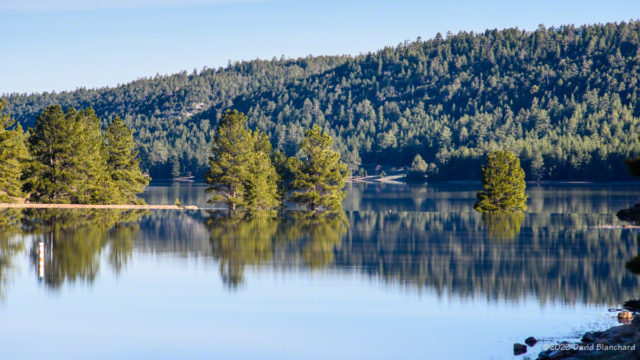
This is one of my favorites. It shows Upper Lake Mary, a portion of the spillway, and Lower Lake Mary. It’s also nice that there is a nice mirror reflection of the trees in the water. This shot is only possible when both lakes are full.
Earlier we had visitied Marshall Lake. It’s not as full as it was a few years ago but considerably better than the past several years.

We did a trail run along the Arizona Trail on top of Anderson Mesa and visited Prime Lake and Vail Lake, both with lots of water.
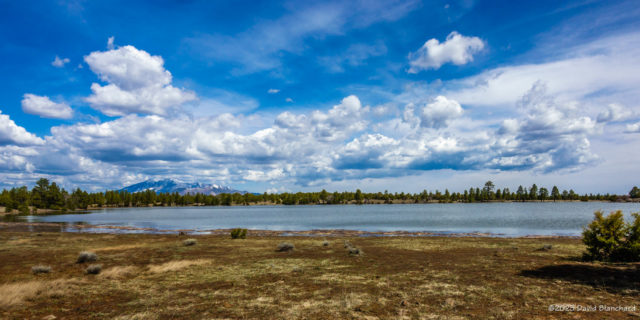
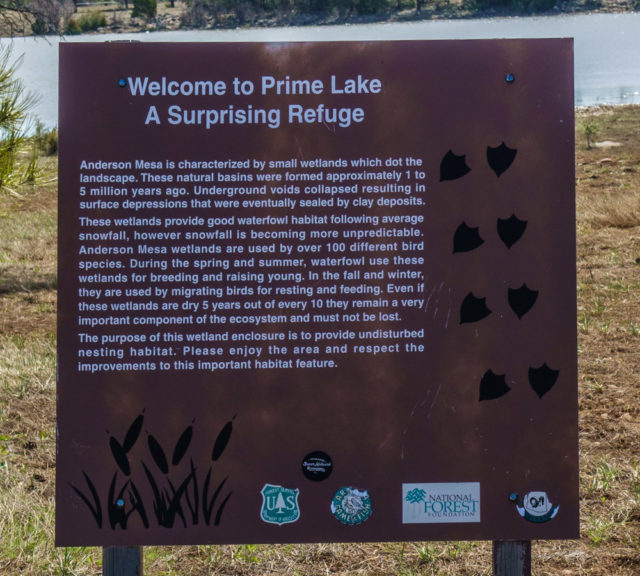
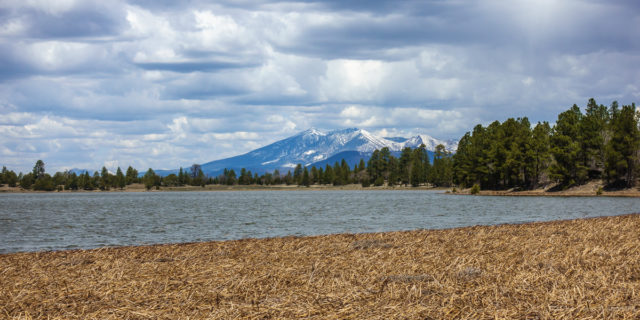
Here are some additional images of Lake Mary taken on various days in April.
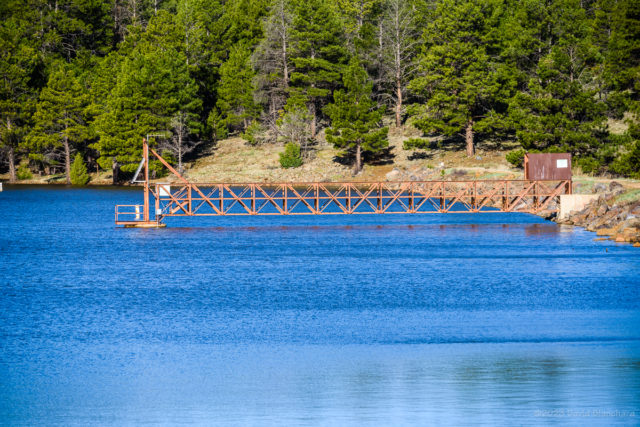
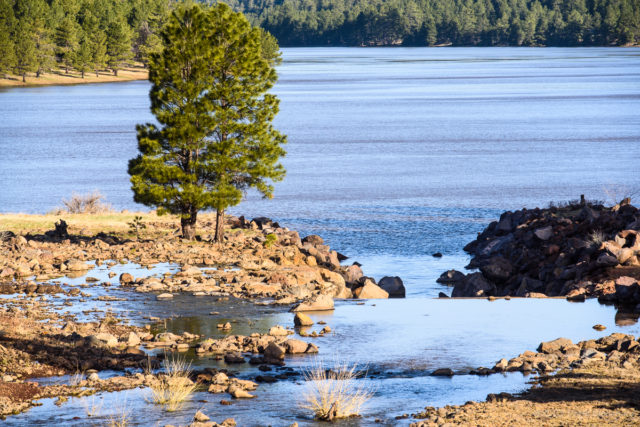
We rode our mountain bikes up Schultz Pass Road to Schultz Tank. It has been a small puddle the past two seasons but is once again full.
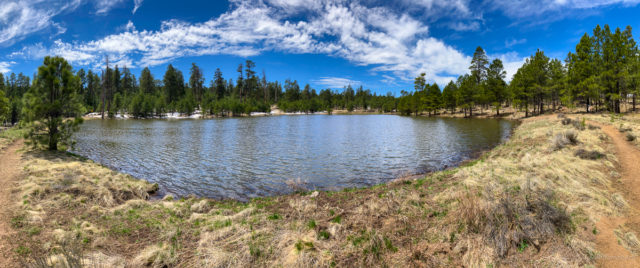
Finally, we did a short hike through the upper portions of Pumphouse Wash to this set of cascades.

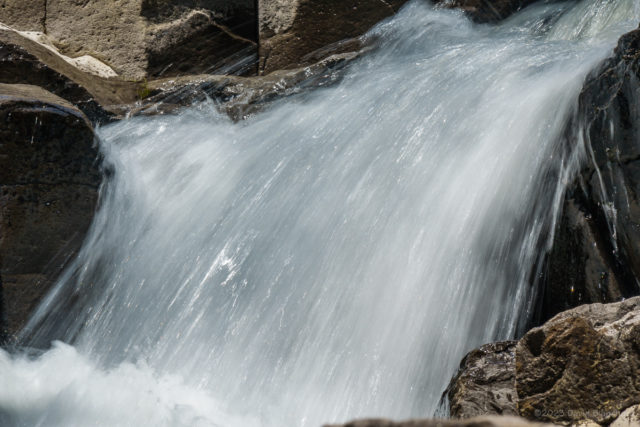

The snow melt is done and we are now in our dry season. Lake levels and stream flows will diminish until the summer rainy season starts in July.
